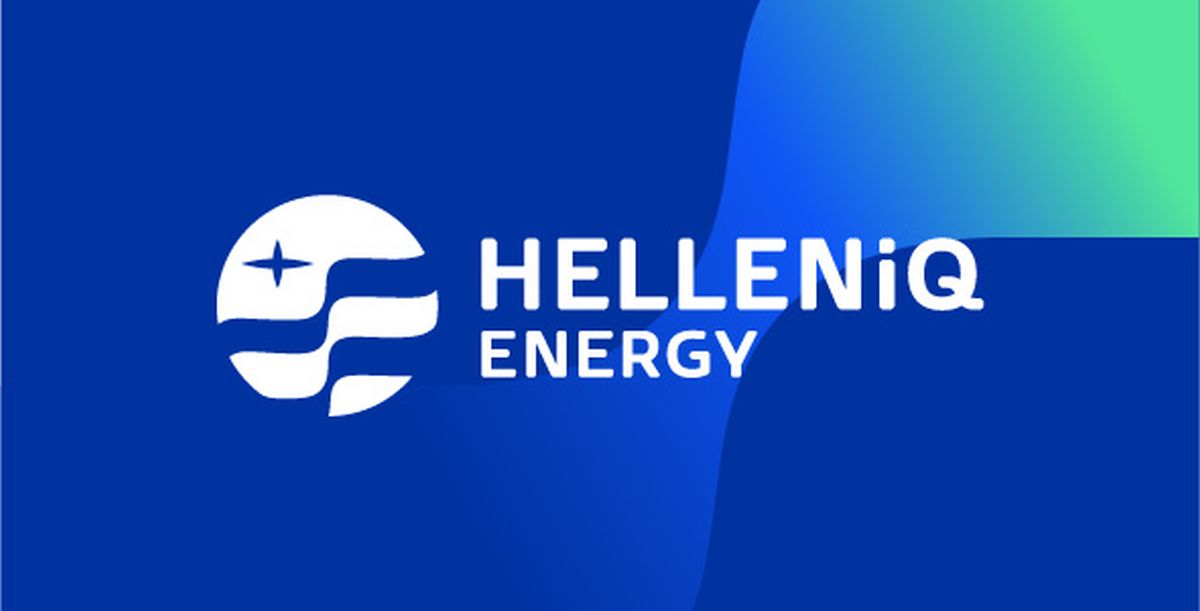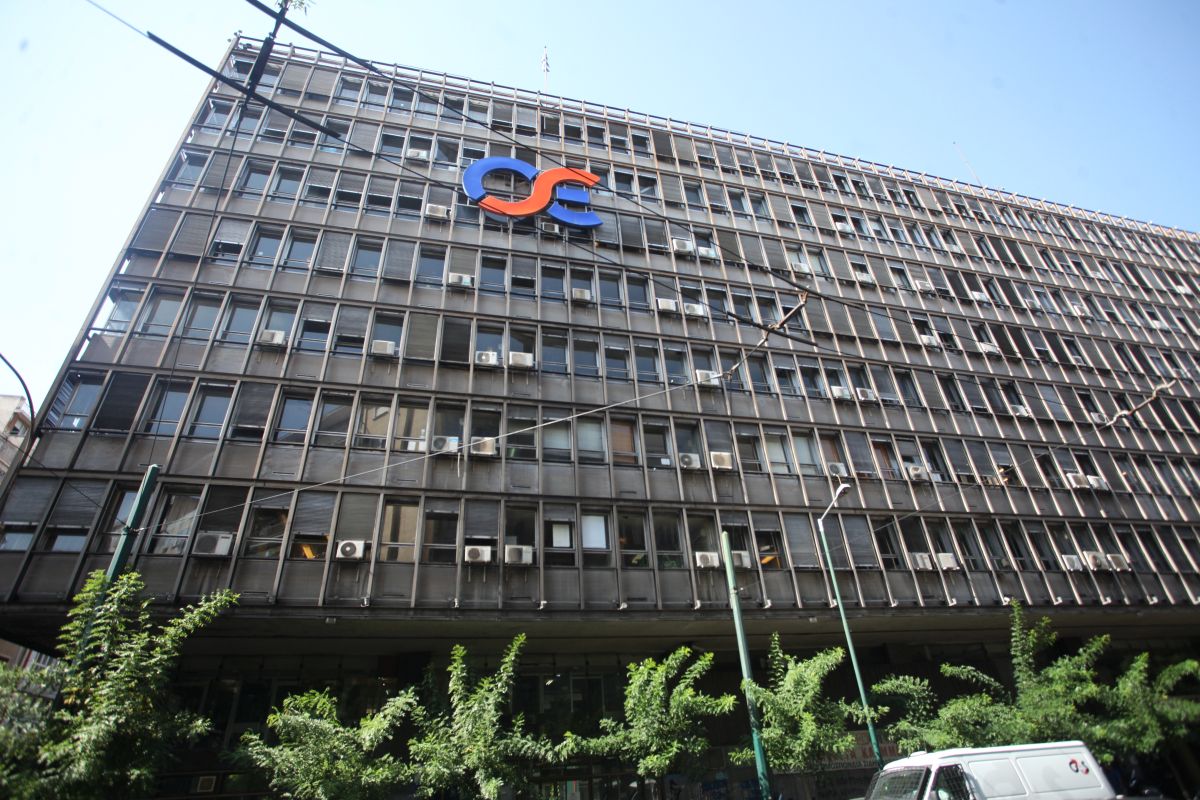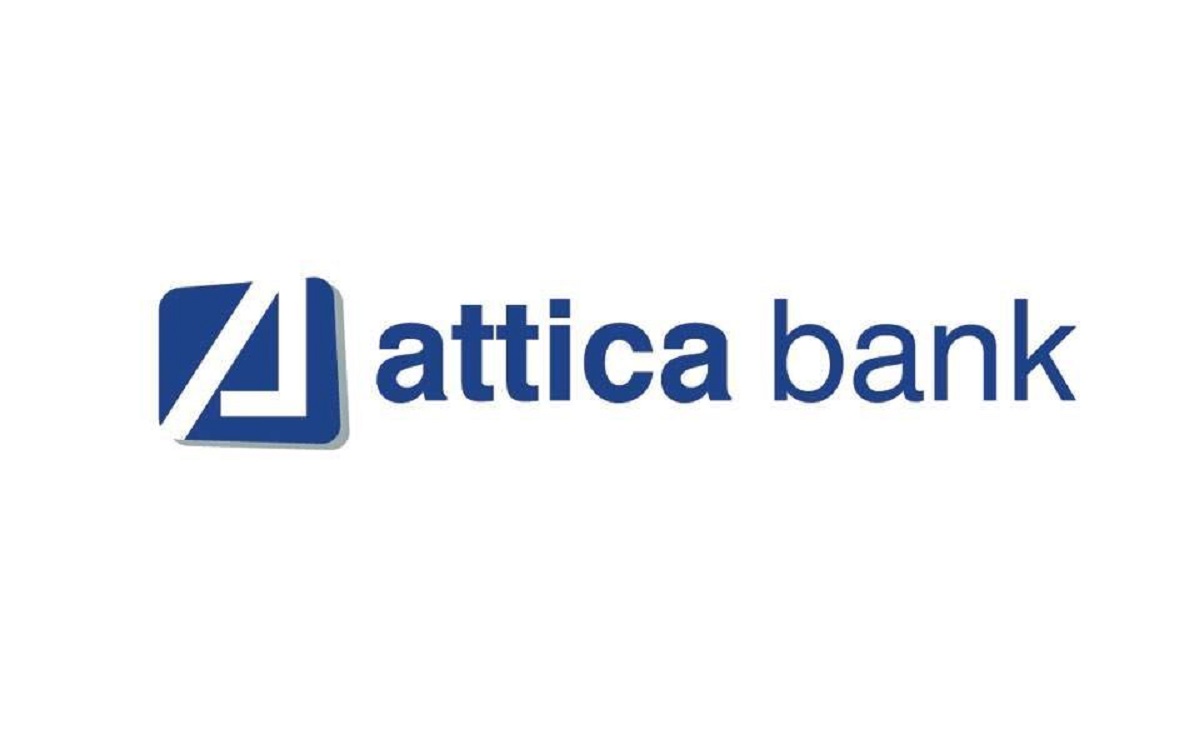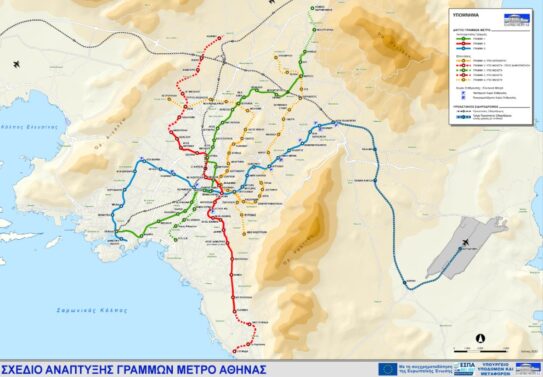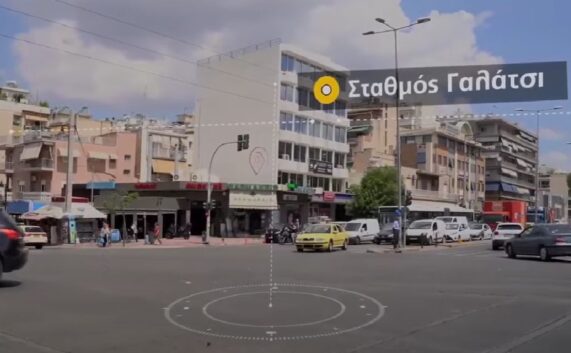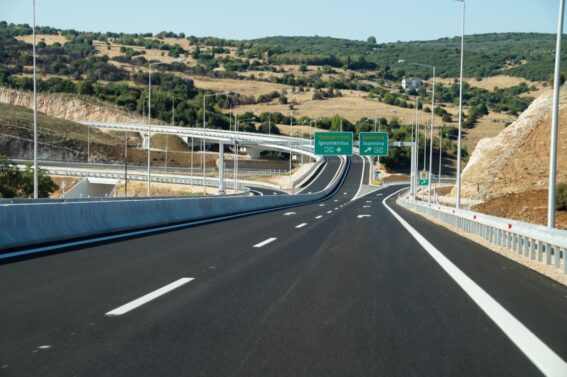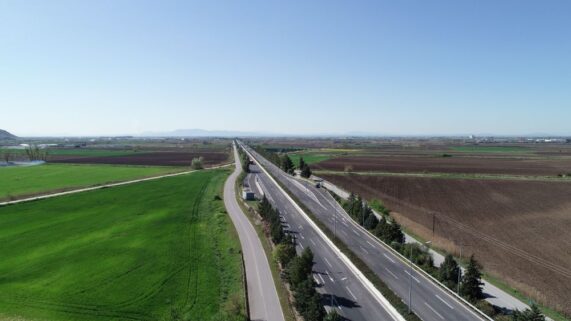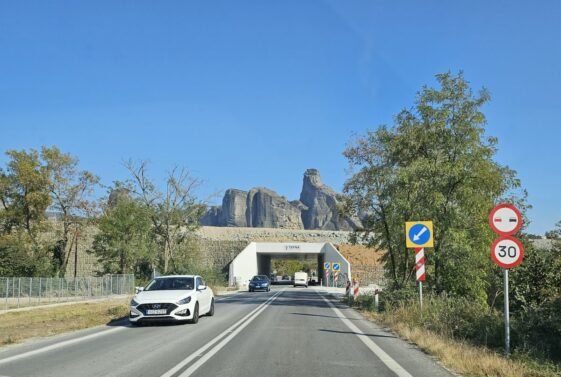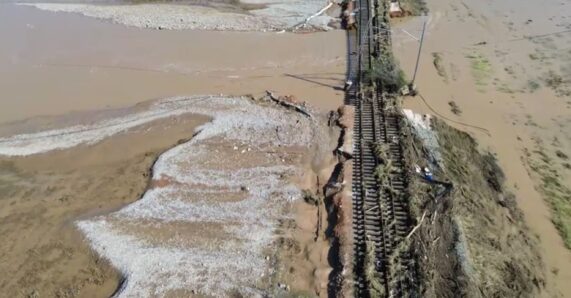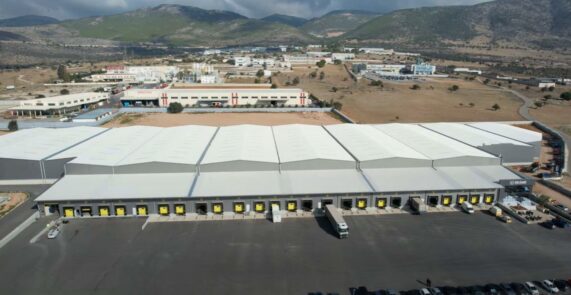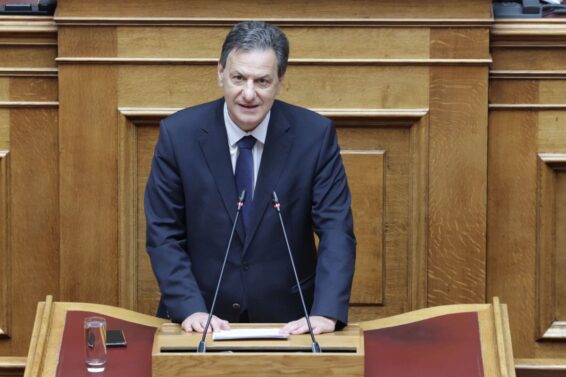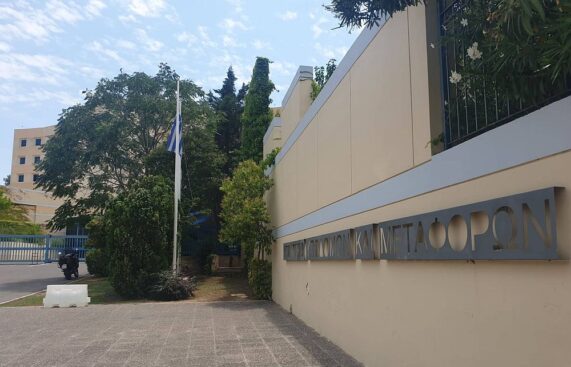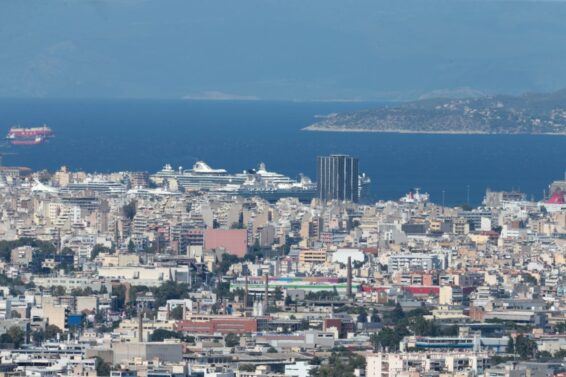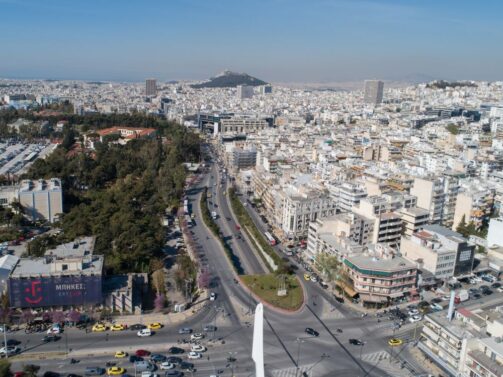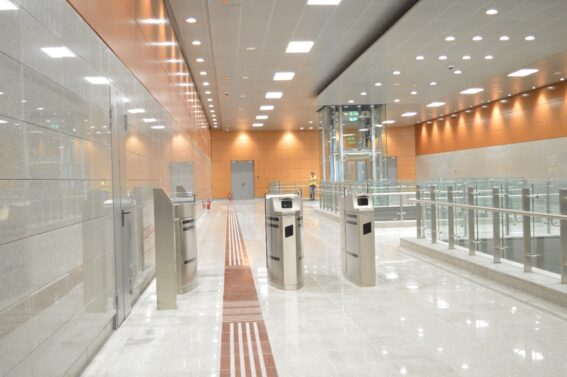With the release of the first section of E65 Motorway, to traffic, the construction and operation of the first generation of Greece’s new motorway network has now been completed.
The process was painful, long-lasting, difficult, and often encountered major problems. The origins of this new network can be traced back to the distant 2001, when the Infrastructure Minister at the time, Mr. Kostas Laliotis proclaimed these road axes and even 2 more: the extensions of Attiki Motorway and the Underwater Road Tunnel of Thessaloniki.
It took 4 more years for his successor, Mr. George Souflias, to restart the process and put the projects back on track. These projects provided for the construction and operation of 6 new motorways through concession contracts: Olympia Motorway (Elefsina-Korinthos-Patra-Pyrgos-Tsakona), Moreas Motorway (Corinth-Tripoli-Kalamata and the branch to Sparta), Nea Odos Motorway (Metamorfosi, Attica-Skarfia, Fthiotida), Ionian Motorway (Agrinio-Arta-Ioannina), Aegean Motorway (Raches, Fthiotida-Klidi, Imathia) and E65, Central Motorway (Skarfia-Raches section of PAThE axis and Lamia-Karditsa-Trikala-Egnatia).
Concession contracts started to be signed from 2006 up to mid-2008. Until then, the country had a poor and fragmented motorway network to demonstrate. Egnatia Motorway, Attiki Motorway and Rio-Antirrio Bridge were just “broken” covered motorway sections that were not connected to each other. The aim was for an interconnected road transport network to be created.
Unfortunately, the crisis gradually brought the projects to a standstill from the end of 2010 until mid-2011 while it took 2.5 years to see new and revised concession contracts, around the end of 2013. In the meantime, Moreas Motorway went on building and delivering sections to reach Kalamata in 2012. The amendment of the contracts though, cost Olympia Motorway its entire Western section (Patra-Pyrgos-Tsakona) and E65 its Southern and Northern ends (Lamia-Xyniada and Trikala-Egnatia).
From the beginning of 2014, the second phase of the constructions begun and, from 2016, deliveries of completed road sections across Greece finally started by the current Infrastructure Minister, Mr. Christos Spirtzis. In December 2016, Moreas Motorway was delivered in full first, in April 2017, Aegean and Olympia Motorways followed, in September 2017, Ionian and Nea Odos Motorways were delivered to leave E65, last but not least, as a valuable Christmas present for the drivers.
This first phase of constructions left behind it a great legacy for the country and its infrastructure. These new motorways now feature an extensive network linking all major cities, ports and airports, therefore boosting road transport, significantly.
Reduced driving distances are now a reality, often to an impressive extent. In the case of Ionian Motorway, driving distance between Athens and Ioannina is reduced to just 3 hours and 30 minutes, as opposed to 6 hours (!) before. The new motorways offer drivers, temporary parking and rest areas, multiple interchanges, roadside assistance and advanced control centres.
Greece can now architect its development on this network, from the primary sector to tourism, culture, services through the rapid movement of its goods and its citizens, on a domestic level. These invaluable assets should, from now on, be managed and utilized wisely in order to contribute the maximum.
The future
By now, we have successfully reached the era where the country has a complete and functional road network. What is now needed is additions to complete and enrich the existing puzzle. With the exception of Crete, which is going to see a brand-new motorway in the following years, VOAK, the Mainland has to focus mainly on expansions from now on.
The 4 main expansions, three of which were included in the concession contracts of the previous decade are:
– Patra-Pyrgos, the natural continuation of Olympia Motorway, which will enter its construction phase in 2018,
– Lamia-Xynada (E65), which will also begin in 2018,
– Trikala-Egnatia (E65), for which there are also good signs regarding its funding and
– Ioannina-Kakavia, the natural continuation of Ionian Motorway, for which funding is still being sought.
These projects cost about 1.5bn euros and will create an integrated motorway network that we will be able to see, in its full form, by the middle of the next decade. Additionally, a major pending project is the completion of Aktio-Amvrakia axis, essentially a branch of Ionian Motorway to the West.
It is noteworthy that the country features an excellent complementary network of expressways which, along with the motorways, can take someone, virtually everywhere. Today, Greece has more than 2,200 kilometres of covered motorways which, along with its expressways, exceeds 3,000 kilometres, putting the country in a very high position in EU ranks, with regard to its dense road network.
Nikos Karagiannis-ypodomes.com
Follow Nikos Karagiannis on Twitter
ΜΗΝ ΞΕΧΑΣΕΤΕ
- Ακολουθήστε το ypodomes.com στο Google News και μάθετε πρώτοι όλες τις ειδήσεις για τις υποδομές στην Ελλάδα
- Αν είστε επαγγελματίας του κλάδου, ακολουθήστε μας στο LinkedIn
- Εγγραφείτε στο Ypodomes Web TV

